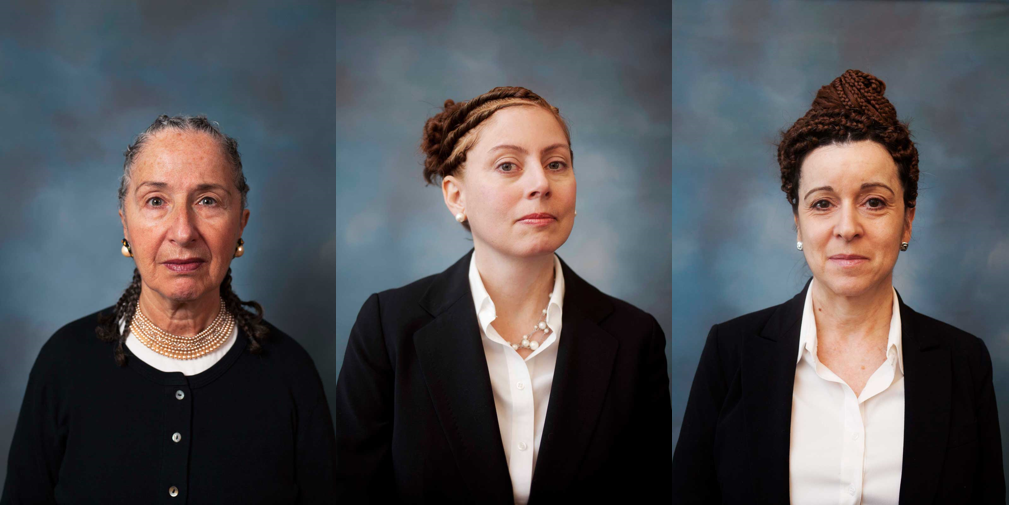
Last week, Brittany J. Harris shared inclusive practices for training and curriculum design. This week, I want to build on that list and share key strategies for facilitating trainings and content in an inclusive manner. In considering what it means to facilitate inclusively, I want to take into account a few dynamics that exist in almost all DEI learning spaces: power, partiality, and polarization. To address these dynamics, I will share three key strategies for inclusive facilitation: Listening Inclusively, Practicing Multi-Partiality, and Fostering Shared Meaning.
Listening Inclusively
All facilitators have some kind of positional power when leading trainings. Participants and learners see facilitators as the subject matter expert, an authoritative voice on whatever content or subject is being covered. As such, it is important to recognize that power and create space for knowledge and perspective-sharing amongst participants. At The Winters Group, we like to start sessions by letting participants know that we expect to learn as much from them as they will from us. It’s a way of balancing out the power dynamic so that folks in the room feel empowered to share, participate, and engage authentically in the session.
In order to remain true to that expression of shared power, facilitators must also practice inclusive listening. Here are some key behaviors:
- Ask “What does this mean for you?” instead of asking “What does this mean for me?”
- Honor the person’s experiences, supporting them to have conversations in an authentic way
- Acknowledge the person’s feelings, highlighting their values, and identifying topics in a neutral way to prepare for collaborative problem solving.
- Break down someone’s point of view or position into three parts as you listen:
Feelings – What are the feelings that someone is expressing, not your opinion of what their feelings must be, or your analysis of what’s going on inside of them
Topics – what is the specific or concrete thing that the person is wanting to make plans about, or problem solve around? Listening for topics does not mean listening to place judgment or value on a person’s specific problem or situation.
What’s Important (or Values) – What are one or two key positive words that reflect the needs, goals and values a person expresses, not what they dislike about others
- Prioritize the learning of the group over your desire to “make a point.” As facilitators, we bring our whole selves to this work—our biases, our passion, our identities and perspectives on different topics. We can hold ourselves accountable to centering the group’s learning by continuously going back to this question: “How will this [what I am about to say or share] move the group forward?
Practicing Multi-Partiality
Multi-partiality is a practice that supports facilitators in giving equal attention to multiple identities and experiences. Most importantly, it supports facilitators in giving attention to those identities and experiences that might be absent or unheard. As facilitators, we are all partial to our points of views or perhaps to advocating for those points of views that we consider either the most needed, unheard, undervalued, etc. Practicing multi-partiality allows us not to force or fake neutrality, but to remain authentic while allowing for multiple points of view to be heard. Here are some key strategies for practicing multi-partiality:
- Identify the goal: “The goal of this conversation is to…”
- Combat binaries using “both and…” instead of narratives or arguments that suggest “either/or”
- Call out the gaps by asking, “Who is not a part of this conversation (or community)? Why?”
- Redirect from dominant narratives by asking, “Does anyone have a different experience from those shared?”
- Be prepared to share unrepresented experiences using narrative, video, guest speakers, etc.
- Clarify what is at stake: “If we do not consider the experiences of [underrepresented group], then…”
Fostering Shared Meaning
When facilitating sessions, particularly around DEI topics, polarization may arise. Particularly in this sociopolitical climate, it can become difficult to find any common ground in a room full of people with distinct experiences and worldviews… especially when people begin conflating truth with fact. Oftentimes in polarized environments or discussions, people will attempt to defend their point of view or their “side” by conveying their truth, their interpretation or experience of the world, as an objective fact. This can muddle the conversation and make it difficult to find shared meaning. Here are some strategies for navigating “truth” versus “fact” and finding common ground:
- Acknowledge the ‘elephant’ in the room. Polarization exists and acknowledging that is part of the dialogue. “Our experiences are different around this topic, and therefore, we have different points of view. We each probably think our experience is the ‘right’ one, and this is keeping us from finding common ground.”
- Honor people’s truths while continuing to share facts/data when appropriate. Restate when you hear someone stating their truth as fact: “What I am hearing is that in your experience…”
- Distinguish interpretations and clarify definitions. What do terms like fairness, safety, and trust mean to those involved in the dialogue? Discuss those differences. Write them down. “When you refer to this value, what does this mean to you?”
- Know when to ‘press pause.’ Set aside time to reflect. Be okay with non-closure. “Let’s pause the conversation for the moment. What are some steps we can each take to learn more and reflect before we engage again?”
- Strive for reciprocal empathy.
- Practice “Ouch and Educate.”
As with all posts in this series, this list is not exhaustive, but it is meant to be a starting point. I invite you to consider if and how you practice these strategies in your facilitation and identify opportunities for learning and growth. Consider the other dynamics beyond power, partiality and polarization that might impact our facilitation and how these tools could support you in approaching these dynamics in an inclusive way. As facilitators, we may have subject matter expertise, but we should always be growing in our own self-understanding, in our own capacity to navigate difficult dynamics, and in our own abilities to listen and take on new problems and new challenges. I hope this list prompts reflection and supports you in taking action.
As facilitators, we may have subject matter expertise, but we should always be growing in our own self-understanding, in our own capacity to navigate difficult dynamics, and in our own abilities to listen and take on new problems… Click To Tweet

















